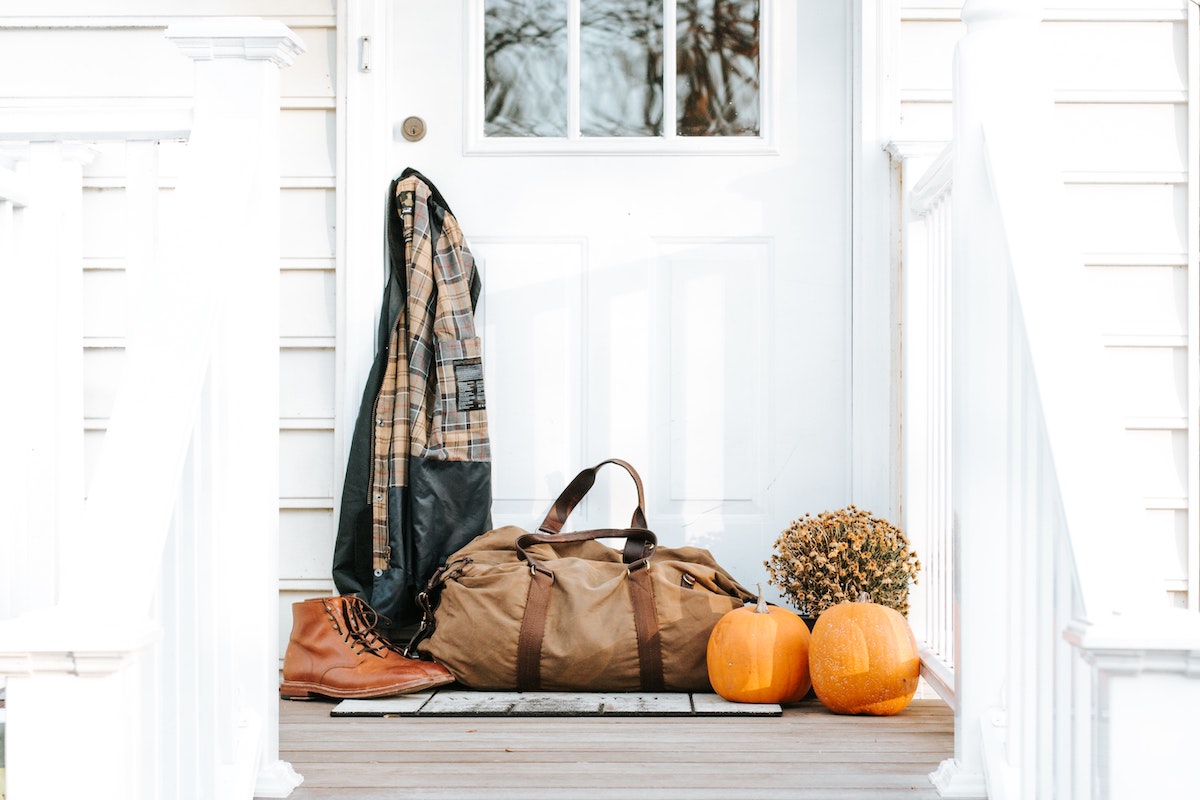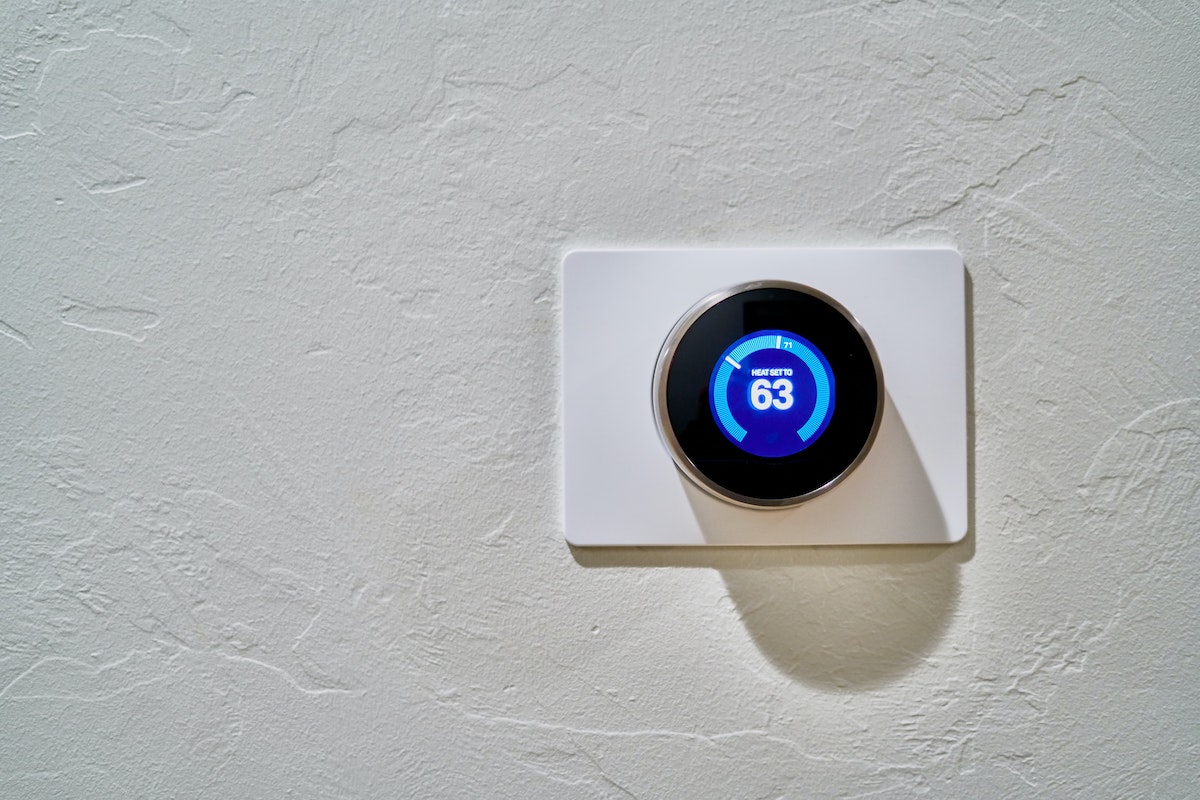
08 Oct When should you turn the heat on in your home?
In Tennessee, the season is transitioning from summer to fall, bringing colder temperatures with it. That has many people turning up their thermostats to keep their homes warm.
Increasing the temperature in your home, though, isn’t without costs. For every one degree you raise the thermostat, heating costs increase by two or three percent. Naturally, this has many residents wondering what temperature they should set their dial to keep their bills to a minimum.
In this article, we answer all of these questions and more. You’ll learn:
- How cold it should be outside before you consider turning on your heating
- How to check your HVAC before activating it after a long break
- What temperature is best (for each room and day and night)
How Cold Should It Be Outside Before You Turn On Your Home Heating?

How cold it should be outside before you turn on your home heating depends primarily on your personal preferences. If you’re an older person or you have a baby, you may want to switch on the heating sooner, since old and young have a reduced ability to cope with the cold.
The World Health Organization recommends that regular people keep their homes at 64.4 degrees Fahrenheit or higher. For those who are young or old (or who have an illness), it recommends a minimum indoor temperature of 69.8 degrees Fahrenheit. Likewise, the Department of Energy suggests turning on the heat when the outside temperature falls below 68 degrees Fahrenheit to save on energy bills.
How much the outside temperature has to fall to generate these indoor temperatures depends on various factors, including home insulation, soundproofing, draft proofing, double-glazing, how much direct sunlight you get, and the type of glass in your windows. Some homes have special glazing that reflects heat-generating infrared radiation back into the room. Thus, on a sunny day, the outdoor temperature might be substantially below 64.4 degrees Fahrenheit, even though indoor temperatures are high.
You don’t have to be ultra-precise with your temperatures. The WHO says that any indoor temperature between 64 and 75 degrees Fahrenheit should be sufficient to keep people healthy who are wearing suitable clothing (such as pants and sweaters). Colder than 64 °F may put people with certain lung conditions at risk, particularly temperatures below 61 °F.
What To Check Before You Switch On Your Heat
Heating and air conditioning systems are complicated pieces of machinery with many moving parts and points of failure. Therefore, it is a good idea to give yours a once-over as we move deeper into the fall.
Here are a few heating tips:
- Inspect and clean the furnace. Ideally, your heating system should be on an annual maintenance plan. With this, a professional will visit your home annually or semi-annually to check that the furnace is still working correctly (after the previous winter’s use) and clean any dirty parts.
- Inspect outside vents. Next, you’ll want to make sure that your furnace’s exhausts and intakes are working. Ensure there are no blockages in the system. (Birds can sometimes make their nests in vents you haven’t used for many months).
- Change the filter. Furnace filters trap airborne contaminants and prevent them from entering and damaging your heating system. However, after a winter of use, they can become clogged. Cleaning and replacing them is a simple task you can perform at home.
- Check the thermostat battery. Last, you’ll want to check the thermostat battery (if it has one). Batteries will eventually fail, particularly if not used for a long period. Also, check that nearby smoke alarms and carbon monoxide detectors have sufficient power by pressing the “test” button. If they don’t, replace the batteries.
What Is The Best Temperature At Home?
The ideal temperature at home depends on the room and time of day. Rooms in which people are inactive generally have higher recommended temperatures than those where people are more active.
Home gyms, kitchens, and garages are different. People tend to be more active in these rooms, which means that indoor temperatures of 64 °F are acceptable.
Most traditional thermostats set the temperature for the whole house. However, some manufacturers are now building systems that allow you to determine the temperature room by room, letting you adjust heat distribution.
These systems combat two major problems. First, they overcome the problems with generic thermostats. Regular thermostats assume that the temperature at the sensor location is the same as the temperature throughout the rest of the home. So when the temperature hits the threshold, they shut off. However, as you know from experience, the temperature can vary dramatically from one room to the next, with some being too cold, and others too hot. Advanced systems use room-specific sensors and vents to distribute gas heat more effectively between rooms, keeping them at the right temperature.
Second, more advanced systems also reduce your bills. They distribute heat in such a way that makes each rooms’ temperature optimal – perhaps cooler in the bedroom and warmer in the living room.
Optimal temperatures also differ depending on whether it is day or night. According to Michael Decker Ph.D. from the American Academy of Sleep Medicine, “if we lower our body temperature … we tend to sleep better.” Thus, researchers recommend ideal temperatures between 60 and 67 °F for sleep, somewhat below the recommended temperature range during the daytime.
Studies show that certain types of insomnia relate to body temperature irregularities. Many people who can’t sleep experience a delay in the fall of their body temperature at night which makes it harder to drift off. Doctors and medical professionals recommend that these people deliberately set their thermostat temperatures lower in the evening to help their sleep.

